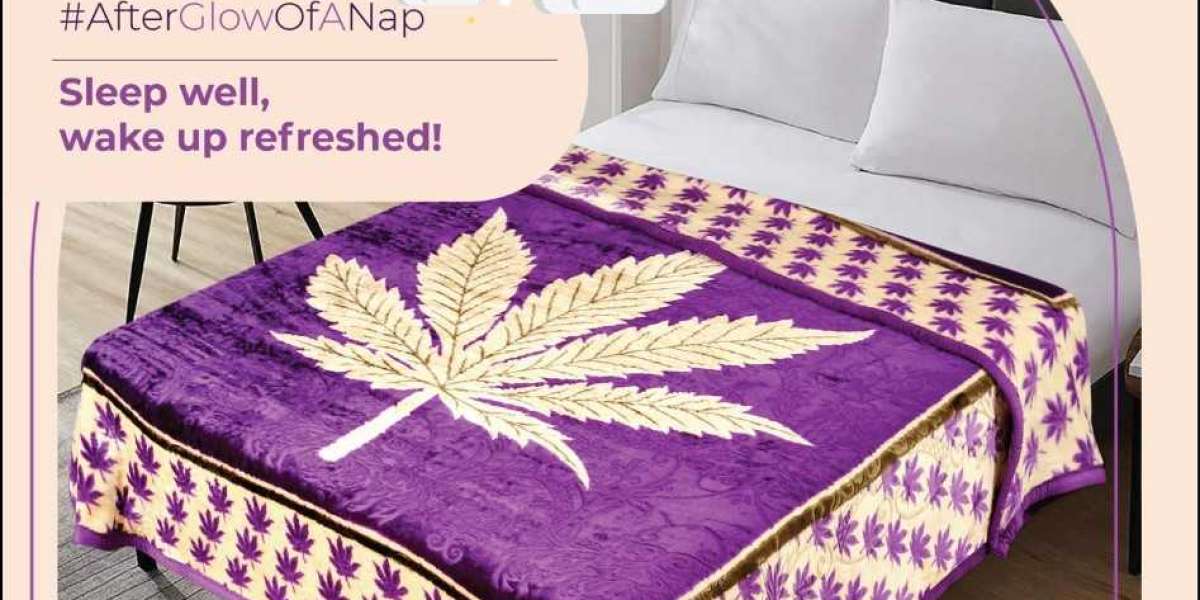The Evolution of Blanket Manufacturing: A Journey Through Time
Blankets have been an integral part of human history for thousands of years, providing warmth, comfort, and protection against the elements. As we snuggle under our cozy blankets today, it's fascinating to consider the long journey of evolution that blanket manufacturing has undergone. In this blog post, we'll take a journey through time to explore the origins of blanket production, from ancient civilizations to the modern era.
Ancient Origins of Blankets:
Blankets, in some form or another, have existed since ancient times. Early humans used animal hides, furs, and woven textiles to create coverings for warmth and protection. In ancient civilizations like Mesopotamia and Egypt, blankets were not only practical but also held cultural significance, often adorned with elaborate designs and symbols.
Medieval and Renaissance Innovations:
During the Middle Ages and Renaissance periods, blanket manufacturing saw significant advancements. Wool became a primary material for blankets, and textile guilds emerged to oversee production. Hand weaving gave way to more sophisticated loom technology, allowing for the creation of intricate patterns and designs that were both functional and decorative.
Industrial Revolution and Mass Production:
The Industrial Revolution revolutionized blanket manufacturing, paving the way for mass production on a scale never seen before. Mechanical looms and other innovations transformed the industry, making blankets more accessible to the masses. Factories and textile mills sprung up, churning out blankets in standardized sizes and designs.
Technological Advancements in the Modern Era:
In the 20th and 21st centuries, blanket manufacturing continued to evolve with the introduction of new materials and technologies. Synthetic fibers like polyester and acrylic emerged as alternatives to natural materials like wool and cotton. Automation and computer-aided design (CAD) revolutionized production processes, making blanket manufacturing more efficient and cost-effective.
Contemporary Trends and Sustainability:
Today, blanket manufacturing is characterized by a blend of tradition and innovation, with a growing emphasis on sustainability and ethical production practices. Consumers are increasingly conscious of the environmental impact of their purchases, leading to a rise in demand for blankets made from organic cotton and recycled fibers. Manufacturers are responding by adopting eco-friendly materials and implementing ethical sourcing practices.
Conclusion:
As we reflect on the evolution of blanket manufacturing, we're reminded of the enduring importance of these humble yet indispensable items. From their humble beginnings as simple coverings to their role as symbols of comfort and security in our modern world, blankets have truly stood the test of time. As we move forward, let's continue to embrace innovation while honoring the timeless tradition of blanket making, ensuring that future generations can enjoy the warmth and comfort of a well-made blanket for years to come.
Ready to experience the timeless comfort of a well-made blanket? Explore our collection at Jindal Textile a blanket manufacturer in panipat and discover blankets crafted with care and expertise. Shop now and bring warmth and comfort into your home today.







